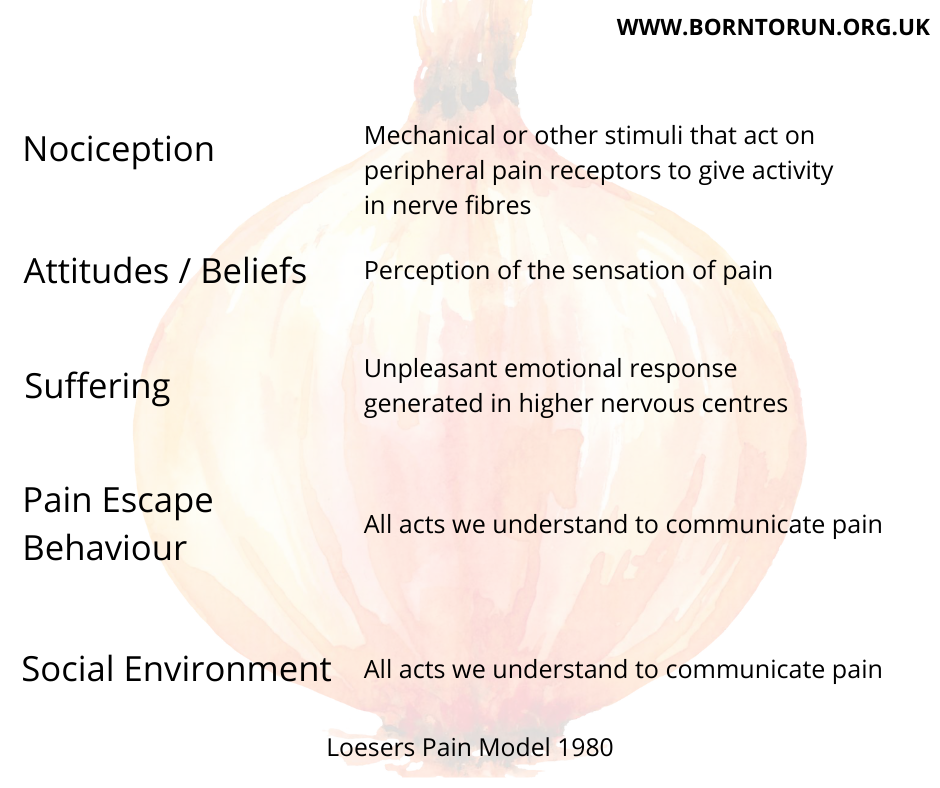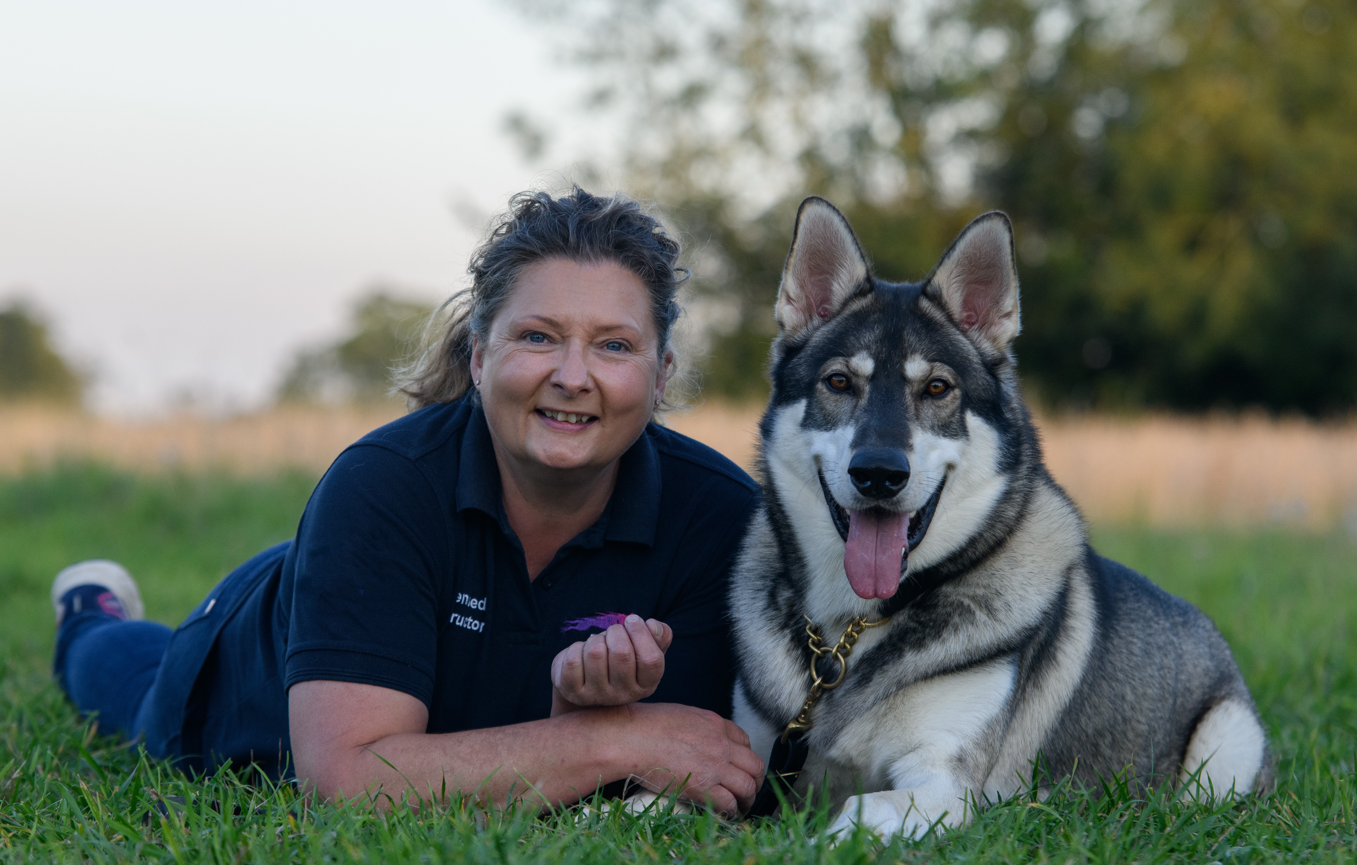Did you know, that when a dog feels excessive and prolonged stress or anxiety, it can cause actual physical pain?
Spare a thought for our rescue dogs whose whole world has been turned upside down. Try to imagine how heightened their emotional pain feels when added to existing chronic pain.
What Does Pain Mean for Rescue Dogs?
You could argue it’s easier to spot the signs of pain in your own dog because you already know all of their little nuances, what’s normal and what’s not.
With a rescue dog however, this can be more challenging because you might not have any previous history and you’ve yet to get to know this latest furry addition to your family, as you welcome them into their furever home.
To appreciate why there might be a difference in the pain experienced by a rescue dog versus a dog that you’ve nurtured from a puppy, we need to understand that emotional pain causes actual physical pain. Whatever the environment those dogs came from they will still experience emotional upheaval.
If you’d like to dig a little deeper into this subject I recommend Loesers Pain Model 1980, illustrated below, as a start point.


just The sensation of pain is based on a perception involving many factors, not least of which is the social environment a dog finds themselves in, and their past experiences.
Rescue centres do a wonderful job but from a dogs perspective they are a new environment, with new routines, there are new people, new sounds, new smells, new food, new dogs. It can simply cause sensory overload and many dogs struggle to cope. You may have heard people say that some dogs simply shut down.
Even when these dogs are rescued by those very special, new pet parents, and brought to live in the most wonderful loving homes there is still a period of emotional adjustment.

Remember your home is also a new environment, with a new routine, there are new people, new sounds, new smells, new food, and possibly new pets.
It’s amazing how cleverly our dog’s bodies adapt to cope with changes in their emotional, physical and biological environments. This coping mechanism works so well that signs of pain often go undetected.
Why Do Dogs Hide Pain?
It’s thought that dogs hide pain so as not to disclose any weaknesses which could make them vulnerable. It’s a natural survival instinct.
Some people describe their rescue dogs as being stoic, but in reality, they may be suffering from chronic pain in silence, hidden beneath the instinctive, will to remain safe.
Some also say that dogs in general have a higher tolerance for pain.
But do they? Or do they just relay pain signals using a different language?
Do Many Rescue Dogs Suffer Pain?
It’s difficult to know how many rescue dogs suffer from pain. What we can say with a degree of certainty is that dogs of all ages, breeds, and abilities will experience pain at some point in their lives.
How to Tell if Your Rescue Dog is in Pain
There are a huge number of signs that any dog is in pain or discomfort. These are a few.
- Loss of appetite
- Refusal to drink water
- Excessive urination
- Sustained Diahorreah
- Vomitting
- Gum colour change (pale or blue)
- Change in temperature
- excessive panting/drooling (not exercise related)
Common Signs of Musculoskeletal Pain:
- Limping or lameness
- Stiffness on the move
- Appear old before their time
- Reluctance to jump
- Slowing down on a walk
- Arching back, known as roaching or a dipped back known as swayback
- The back leg/knee sticking out to the side in a sit
- Twitching skin down their back
- Sudden snapping at other dogs/people
- Self-mutilation. E.g. Nibbling their back end.
- Noise sensitivity, anxiety
If you are worried at all about the health of your dog, speak with your vet immediately!
What Can You Do To Reduce the Risk of Musculoskeletal Injury?
5 Quick wins:
1 – Don’t over-exercise your dog
2 – Keep your dog a healthy weight
3 – Cover slippy floors at home!
4 – Throw away the ball launcher
5 – Keep muscles around joints mobile, and healthy.

*Clinical Massage is a results-driven, clinically proven therapy used to release tight sore muscles, reduce pain, anxiety and stress levels, and improve mobility, giving you healthier, happier dogs!
Do you want to work with Angela? Conditioning courses are available in person or online.
Get in touch: angela@borntorun.org.uk
Join the Canine Advocate Owners Group Advocating for Responsible Dog Ownership and Welfare through education.



